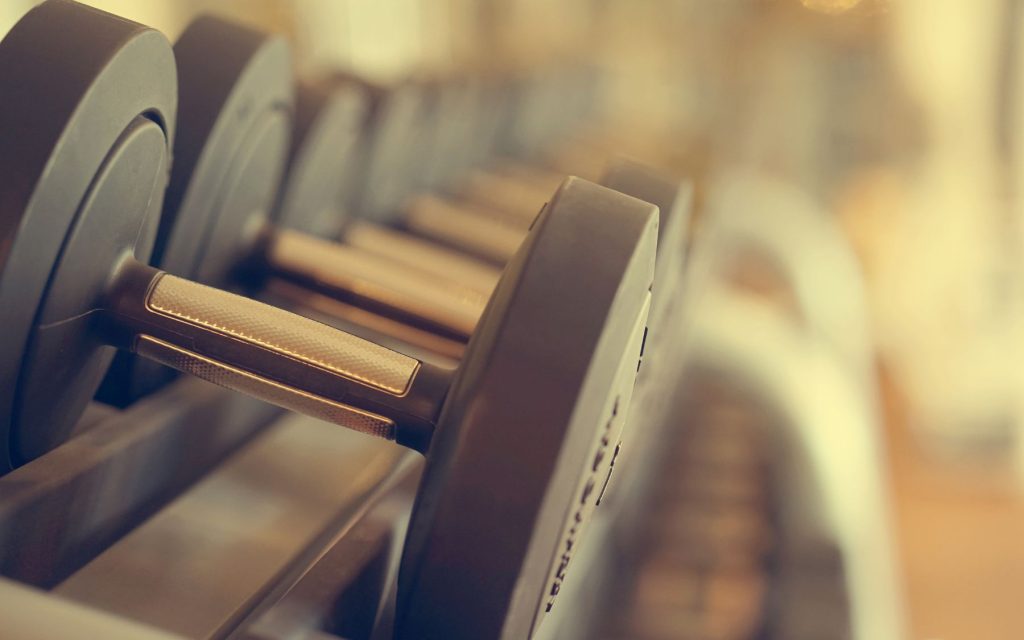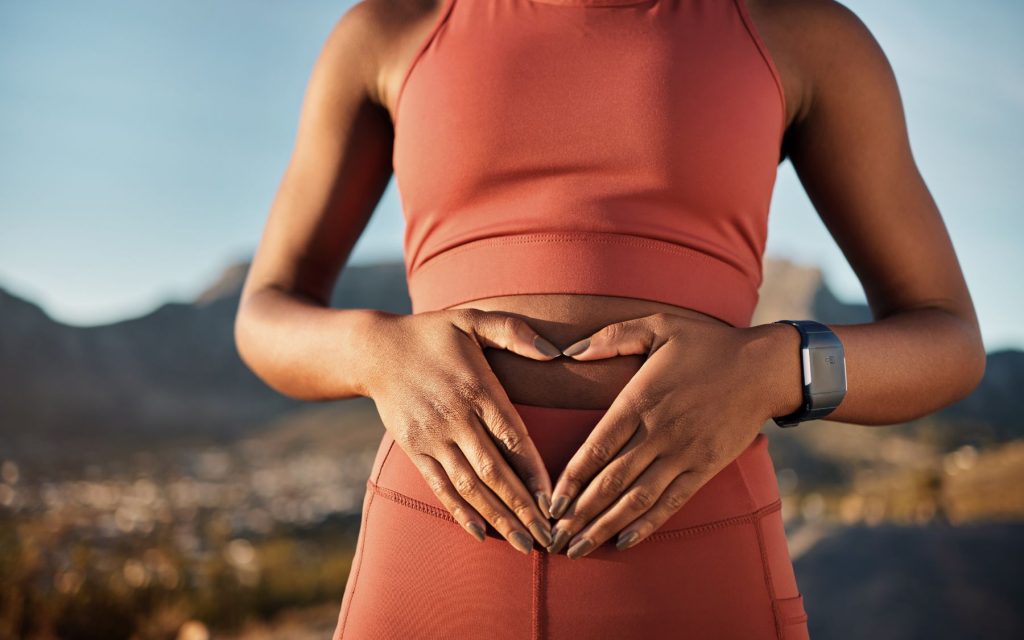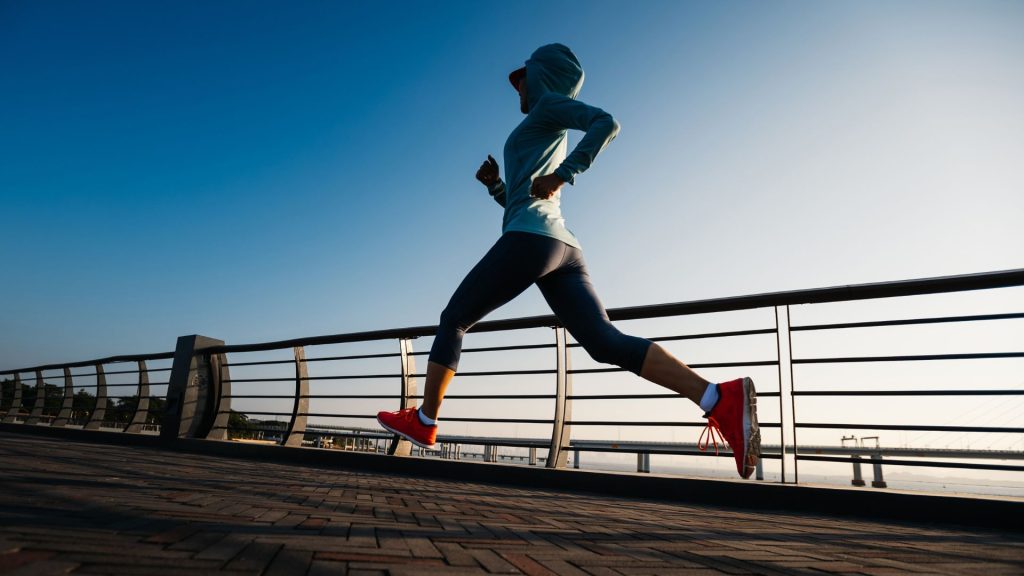
The Fitness Routine That Balances Hormones, Boosts Mood and Builds Strength
Have you ever noticed that some days or weeks you can smash through a workout and feel unstoppable, while other weeks your energy levels feel the total opposite? You’re not imagining it. Did you know that hormonal fluctuations influence nearly every system in your body, from your mood and energy to your muscle recovery and motivation?
These hormonal fluctuations can be tied to your menstrual cycle, perimenopause, menopause, stress levels or even changes in sleep and nutrition. That means the same workout can feel energising one week and completely draining the next.
So, what’s the solution? A training plan that blends strength, mobility and cardio, which you can adapt to your body’s needs – so you can feel balanced, strong and like you’re progressing all month long.
Why your hormones affect your workouts
Your hormones are the chemical messengers that control countless functions. These hormonal shifts can significantly influence energy, recovery, strength and even injury risk.
1. Oestrogen
- Role: Supports fat metabolism, aids endurance, enhances muscle recovery and has anti-inflammatory effects.
- Cycle impact: During the follicular phase (first half of the cycle), higher oestrogen often means more strength, better endurance and faster recovery.
- Perimenopause & menopause: Oestrogen levels fluctuate in perimenopause and drop significantly after menopause. This can lead to reduced muscle recovery, decreased bone density, and higher risk of joint stiffness or injury. Strength training and weight-bearing exercise are incredibly important here.
2. Progesterone
- Role: Rises in the luteal phase (second half of the cycle), increasing body temperature, breathing rate and sometimes causing water retention.
- Cycle impact: Training can feel tougher, endurance may dip and recovery might feel slower.
- Perimenopause & menopause: Progesterone production gradually declines, often leading to sleep disruption, mood swings and higher perceived fatigue – all of which can affect exercise consistency and recovery. Strength training can help to offset these symptoms.
3. Testosterone (low in women, but important)
- Role: Supports muscle development, strength, energy and motivation.
- Cycle impact: Briefly peaks around ovulation, often giving a strength and power boost.
- Perimenopause & menopause: Testosterone also declines, which can contribute to reduced lean muscle mass, lower energy and slower recovery. Strength training helps counteract this.
4. Cortisol
- Role: The stress hormone, which rises with lack of sleep, overtraining, or PMS.
- Cycle impact: High cortisol makes exercise feel harder and slows recovery.
- Perimenopause & menopause: Cortisol levels may stay elevated due to poor sleep, hot flushes or stress. This makes managing recovery, rest and nutrition even more important.
Other impacts of hormonal fluctuations:
- Mood regulation – Hormones interact with serotonin and dopamine, affecting your mental clarity, confidence and motivation.
- Inflammation & recovery – Hormonal shifts change how quickly your muscles repair and how sore you feel after a workout.
- Stress response – High-intensity training spikes cortisol, which is helpful in short bursts but can be counterproductive if your system is already stressed.
When you take into account the feelings associated with these hormone fluctuations, you can train in a way where you are more in tune with your body. So rather than battling it you can work with it to get the best out of each workout you do.
The three pillars: Strength, Mobility, Cardio
Rather than committing to just weights, just yoga or just running, the real magic comes from weaving all three together.
1. Strength Training – 3-4 times per week
Why it’s vital for hormonal balance:
- Builds lean muscle mass, which helps regulate blood sugar—a key factor in reducing cortisol spikes and keeping hormones stable.
- Increases bone density, protecting against osteoporosis (especially important post-40).
- Boosts metabolism without overtaxing your system.
How to do it:
- Focus on compound moves that train multiple muscle groups: squats, deadlifts, lunges, push-ups and rows.
- Use resistance bands, dumbbells or your own bodyweight.
- Aim for 2–4 sets of 8–12 reps, resting 30–90 seconds between sets.
- Keep form strict and movements controlled – no racing through just to “feel the burn.”
Example session:
- Squats – 3×10
- Bent-over rows – 3×10
- Glute bridges – 3×12
- Shoulder presses – 3×8–10
2. Mobility & Flexibility – Daily or as active recovery
Why it’s vital for hormonal balance:
- Helps reduce joint stiffness and water retention, which can be more noticeable at certain points in your cycle or with hormone fluctuations during and after menopause.
- Supports circulation, easing PMS-related cramping, bloating and water retention.
- Calms your nervous system, helping regulate stress hormones.
How to do it:
- Spend 5–15 minutes moving your joints through their full range of motion.
- Try dynamic stretches (arm circles, hip openers) before workouts and static stretches (hamstring stretch, child’s pose) afterward.
- Yoga or Pilates flows can combine mobility and flexibility
Example session:
- Cat-cow stretch – 6 reps
- Hip flexor stretch – 30 seconds per side
- Shoulder rolls – 10 each direction
- Seated spinal twist – 30 seconds per side
3. Low-Impact Cardio – 2–3 times per week
Why it’s vital for hormonal balance:
- Improves heart health without triggering excessive cortisol release.
- Boosts feel-good endorphins and helps regulate mood swings.
- Enhances oxygen delivery to muscles for faster recovery.
How to do it:
- Walk, cycle, swim, hike or jog – anything that gets your heart rate up while allowing you to hold a conversation.
- Aim for 20–40 minutes at a steady pace.
- On days you feel energised, add short bursts of higher intensity (30 seconds of brisk effort, then 90 seconds easy).
Syncing with your cycle (or your natural energy rhythm)
Regardless of whether you track your menstrual cycle or hormone fluctuations, you can tune in to your body’s energy signals and symptoms and adjust your training:
- High-energy phase (often days 7–14 of cycle): Prioritise strength training and moderate-intensity cardio – your body is primed for building muscle and handling more volume.
- Lower-energy or luteal phase (days 21–28): Reduce intensity, focus on mobility, lighter weights and restorative movement.
- Menstrual phase: Gentle walking, stretching, and mobility work can ease cramps and fatigue. Some may find that strength training during these days feels good, others not so much – the recurring theme here is to listen to your body.
For those in perimenopause or menopause, fluctuating oestrogen and progesterone can mean energy levels vary unpredictably – so flexibility in your workout plan is key. Take note of how you are feeling and tailor your training whilst remaining consistent. Consistency is key to using exercise to help manage symptoms, that said I am not suggesting you do a super heavy lifting session on a day you feel exhausted. Having the ability to consistently complete your week of workouts is the key to success – even if the intensity varies a little.
A balanced week in practice
Here’s how it could look:
- Monday: Strength (full body)
- Tuesday: 30-min upper body workout
- Wednesday: 30-min lower body workout
- Thursday: Mobility session and gentle cardio (walking or swimming)
- Friday: Low-impact cardio or HIIT (depending on how you are feeling)
- Saturday: Mobility and gentle cardio
- Sunday: Rest or light stretching
The mindset that makes it sustainable
We’ve been taught that harder, faster, more equals better – but for women navigating hormonal fluctuations, the real key is consistency and adaptability. You want to leave your workouts feeling better than when you started – not utterly spent (there’s definitely a place for hard work and tough workouts but find the balance).
Think of this routine as a conversation with your body. Some days, it will say, “Let’s lift heavy.” Other days, it will whisper, “Let’s just stretch and breathe.” Both are valid. Both are progress.
When your fitness works with your hormones, it’s not just about a stronger body – it’s about steadier moods, more energy and long term health.
As always, any questions please do get in touch.
Caroline x



